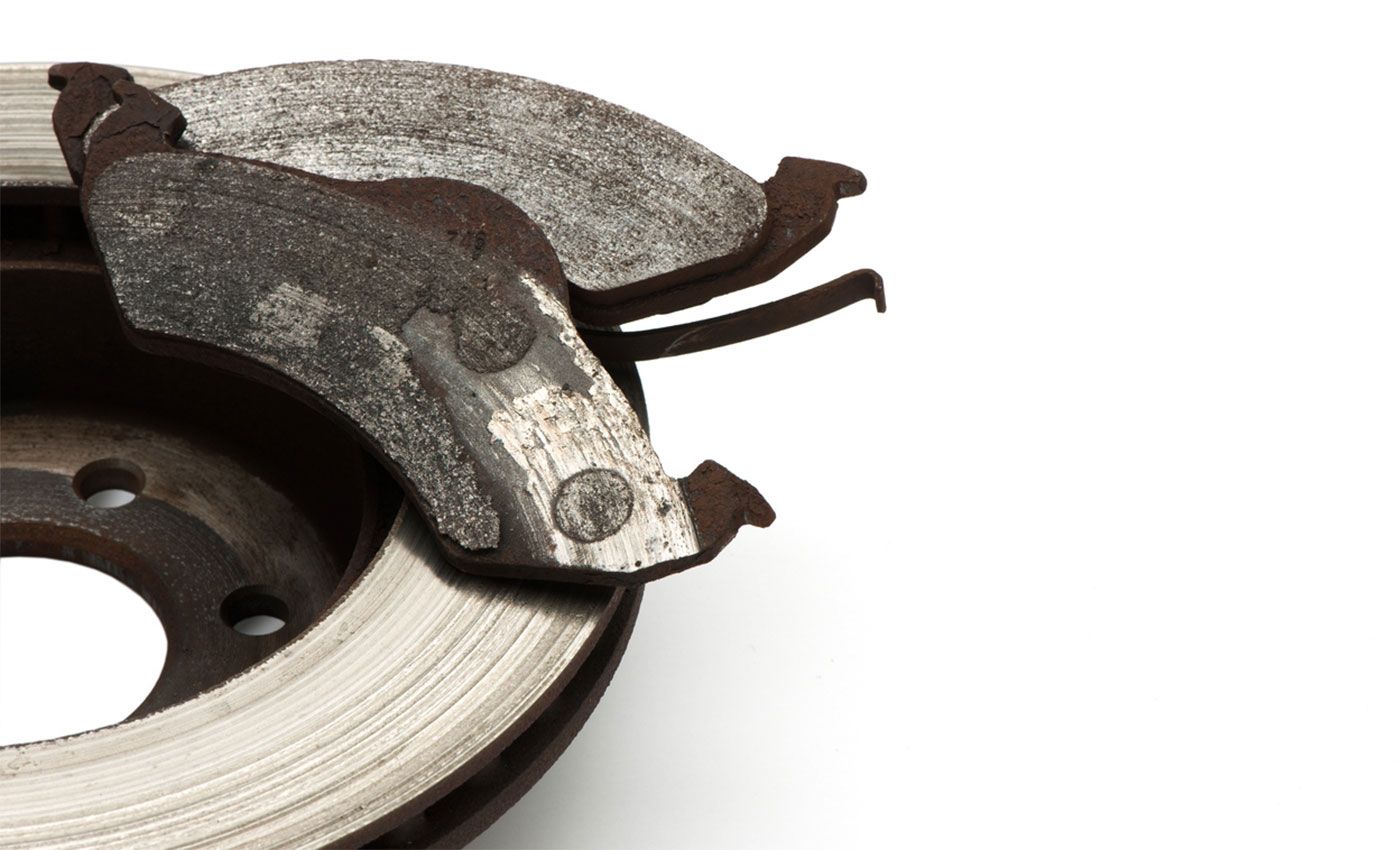
All or One: Should You Replace All Brake Pads At Once?
Can you replace just one set of brake pads? Answer that question and more as you learn why braking system maintenance is crucial for safety and performance.
Read More
Every vehicle comes equipped with brakes. But do you know whether your vehicle has disc brakes or drum brakes? And what’s the difference between disc and drum brakes? If you’re confused, give yourself a break. Firestone Complete Auto Care has the answers to all of your most pressing brake questions.
Every car comes with two front brakes and two rear brakes. Older vehicles typically have drum brakes in both the front and rear. In contrast, modern cars tend to have either disc brakes on all four wheels or disc brakes in the front and drum brakes in the back. Both brake types use a hydraulic braking system as well as a brake pad or brake shoe to create friction, causing a vehicle to stop when the driver applies pressure to the brake pedal.
Disc brakes use calipers, brake rotors, and brake pads. Each disc brake has a brake pad on both sides that pushes against the brake rotor when the driver applies pressure to the brake pedal. Disc brakes can typically provide better stopping power than drum brakes.
How often do rotors need service? Brake rotors range in replacement from 15,000 to 70,000 miles. However, rotor replacement will depend on whether the rotor has been damaged and if it can be resurfaced to meet the manufacturer's required thickness.
One of the expert technicians at Firestone Complete Auto Care can determine whether it’s time to resurface or replace your disc brakes. During our free brake check*, our professionals will check the integrity of brake system components like calipers, brake lines, rotors, and pads, and check and test brake fluid level.
Drum brakes use brake shoes, drums, and wheel cylinders. Each drum brake has brake shoes that press against the drum when the driver depresses the brake pedal. Drum brakes have springs that retract the brake shoes when pressure is not applied, which can cause less drag and help improve fuel economy.
How often do car drum brakes need replacing? The drums themselves are made to last roughly 200,000 miles. However, all vehicles are different. It's best to schedule routine brake inspections at your nearest Firestone Complete Auto Care to ensure you're not driving on worn brakes.
If you're unsure about whether you should get your drums resurfaced or replaced, visit your local Firestone Complete Auto Care for a free brake check. *Brake service costs extra.
All-wheel disc brakes — common on many vehicles — typically perform better in terms of stopping while steering than drum brakes. Disc brakes have fewer moving parts and better heat dissipation than drum brakes. Additionally, disc brakes are often less prone to performance issues due to rust, water, and dirt buildup since the pads and rotors are exposed.
Your car’s brake system should be inspected at least once a year. If you’re overdue for a brake check, make an appointment today at your nearest Firestone Complete Auto Care for professional brake repair and maintenance.

Can you replace just one set of brake pads? Answer that question and more as you learn why braking system maintenance is crucial for safety and performance.

It’s terrifying when your brakes lock up. Learn the potential causes of brakes locking up while driving, how to prevent it in the future, and how to react when they do.

Brakes not slowing you down as they used to? Don’t let the unthinkable happen! Discover the common causes of brake lag, their symptoms, and how to resolve them!